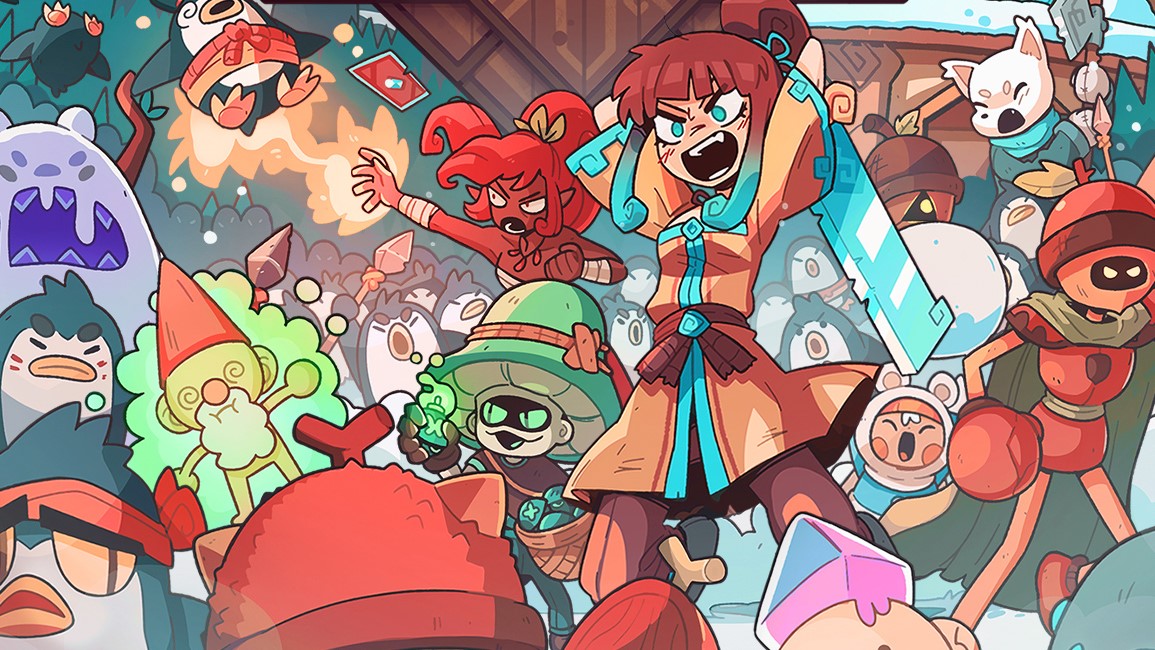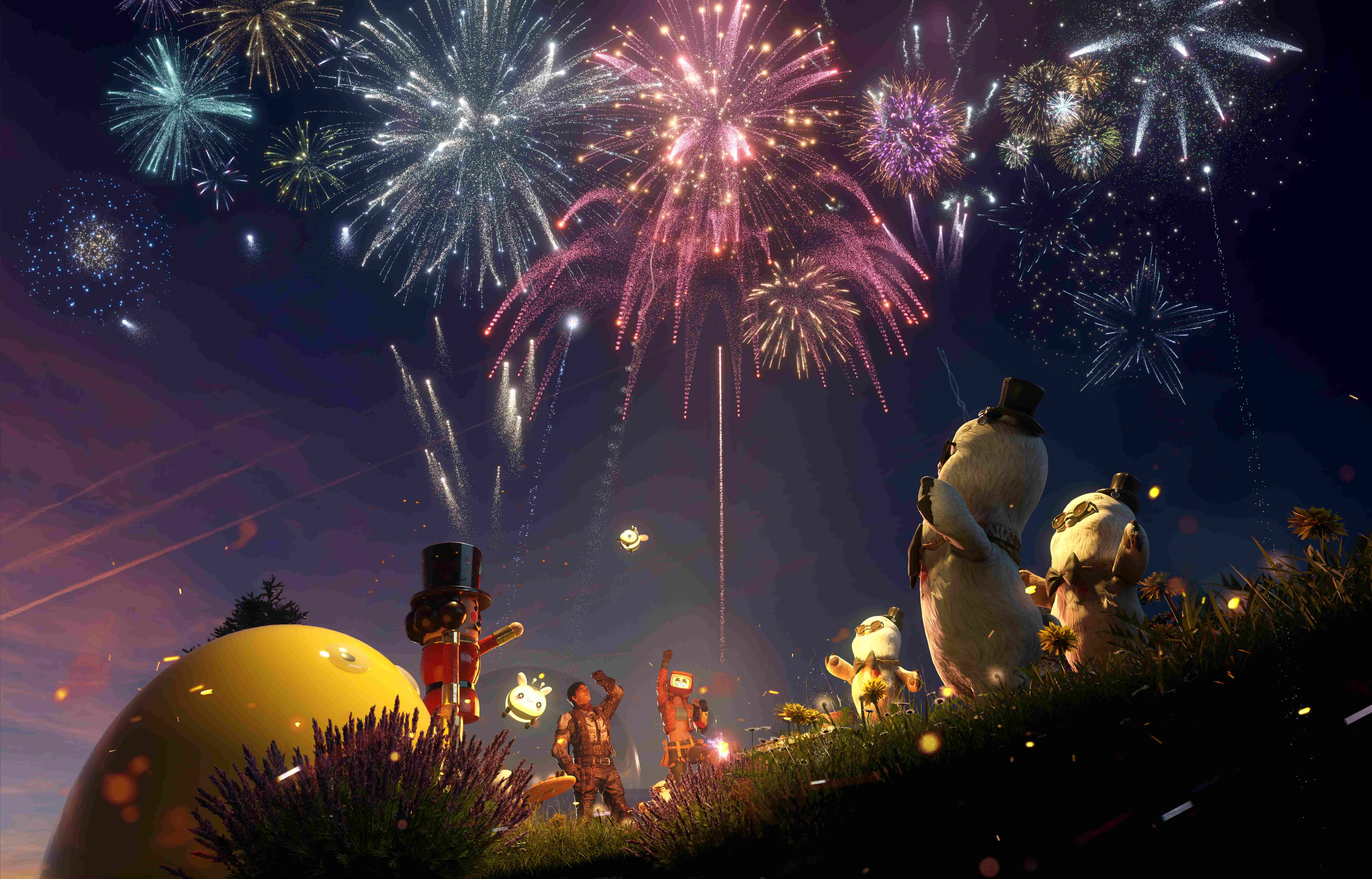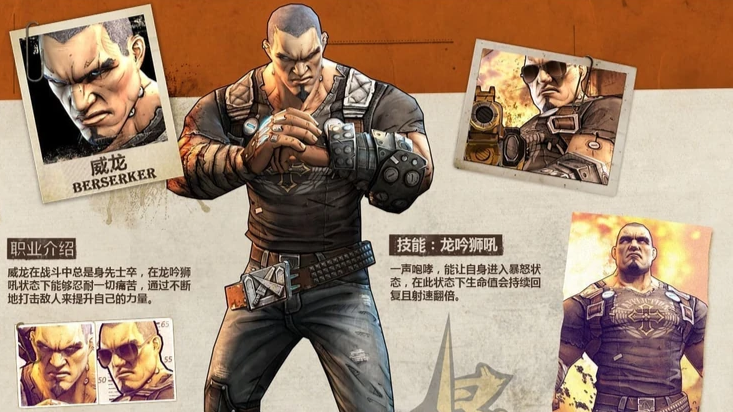
It's all fun and snow games until the ice monsters show up.
Wildfrost, a strategy card game from indie publisher Chucklefish, somehow escalates from beginner-friendly to unforgiving within minutes. I never had a Hearthstone or Magic the Gathering phase, but it’s hard for me to believe that even a seasoned pro could plow through these piles of abominable snowmen and witches with ease.
The world of Chucklefish’s roguelike deckbuilder (yes, another one) has been overcome by “wildfrost,” a climatic malady that’s covered the world in ice. It’s up to the player to battle hordes of foes until they reach the Sun Temple, where they will supposedly be able to put an end to this eternal winter. In between runs, you can strengthen your leaders, recruit companions, and build the city of Snowdwell.
All roguelikes have a degree of randomness to them. Here, you start each run by picking between three fur-robed leaders (because this is basically the Ice Age) with different abilities and plunging into your first battle. From there, a fork in the road could mean picking between a buff pink berry companion and a healing item that could save you from the brink of death. The tutorial lulled me into thinking Wildfrost would be easy, but an hour or so in, I realized that just one wasted turn could kill my entire team. Even playing my cards right wouldn’t necessarily be enough in the face of an overpowered enemy. The only forgiving part was the tutorial.
At the start of each round, you place your leader on the battlefield and draw a hand of six cards. Your leader works like a king on a chessboard: If the enemy kills your king, the battle ends and the run is over. You can have as many companions as you want, but the moment they’re knocked out, they’re knocked out for good. They don’t respawn in your deck. In a game where the enemy can quickly and unexpectedly gather an army of combatants, you better heal your own when you have the chance. Actions like rearranging units on the field or redrawing cards (with a fully charged “redraw action”) don’t cost time, so it’s important to gauge when to use these resources to your advantage.
There are two ways to attack: directly with cards, and when you and your companions’ card “counters” run out. At the bottom of each card is a star-shaped counter with a number that dictates how many more turns the character has to wait until they attack or activate their abilities. Characters may attack sooner with time-shortening cards or under specific circumstances written in their abilities, which can really turn the tide in your favor. Knocking out enemies before they have the chance to retaliate means defending against fewer attacks.
(Image credit: Chucklefish)
How much those options matter depends partially on luck, though. You have limited options to pick from companions, special abilities (a.k.a. charms), and new cards. One time I managed to scrape through the second battle of my run with a half-injured team. I was proud that I withdrew injured characters before they were knocked out so that I could heal them and take them with me into the next battle.
The third battle threw that effort straight into the garbage. A boss with a “barrage” ability that let it attack all characters in one row was able to one-hit KO my team before I could draw a single healing card.
That wasn’t my first disappointment. Other times I lost the first battle of my run within a few turns. I did not get good at Wildfrost, but I did get good at losing.
The stacked enemy teams felt unfair, especially because I was just starting out and didn’t have many cards to use in my defense. I felt like Yugi during an episode of Yu-Gi-Oh! when Kaiba suddenly summoned a horde of monsters in one turn. It’s also frustrating to technically have the cards I need without being able to play them when I need them—Wildfrost was my first taste of the randomness in deckbuilding, and in the demo I didn’t have many tools to mitigate it. If you hate that RNG, I can’t imagine you’d bother trying to enjoy these runs without at least a little bit of motivation in a progression system.
As difficult as it is, Wildfrost makes losses feel like there’s a positive side to them because I can go back into town and fiddle with new features and check how much further I have to go to unlock new ones. Every action, like using the reshuffle bell or acquiring a new companion, helps to unlock new features in your town that can be used automatically in battle.
Wildfrost works like Hades, where returning to the Underworld meant upgrading weapons and abilities so that you could go further and further from home. Wildfrost didn’t make me feel like I progressed much, but it’s possible that the final game will pile on more robust starting abilities pretty quickly. What felt overwhelmingly difficult for me will hopefully become more manageable with time. I only spent an hour with the demo, which was enough time for me to make mistakes, learn from them, and still end up frustrated when the RNG wrecked my new plans. It’s nagging at me whether I could’ve won what seemed like an impossible run, but not to the point that I’m sure I would come running back after launch.
(Image credit: Chucklefish)
Wildfrost has a “baby’s first deckbuilder” vibe to it, but it’s not. The card combat is easy to pick up and understand, with frequent reminders to use features that you may be ignoring. Then the abominable snowmen show up.
You can still play the Steam Next Fest demo of Wildfrost, but the final game isn’t far off: it’s out this winter.




